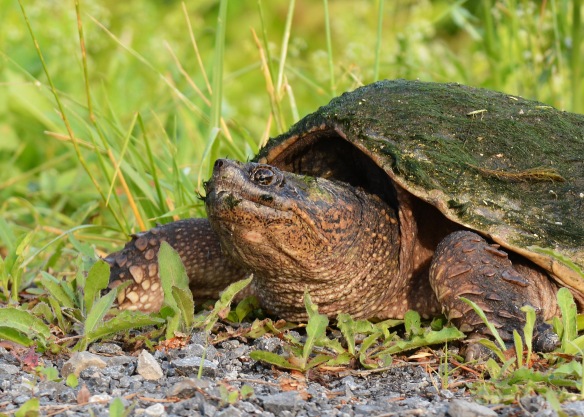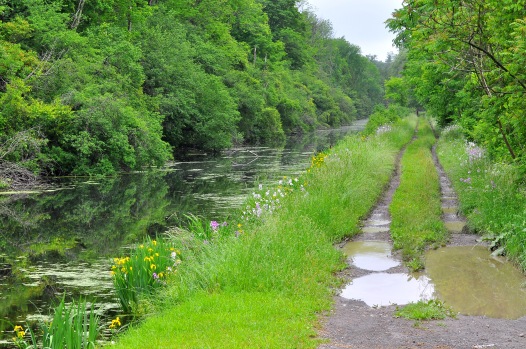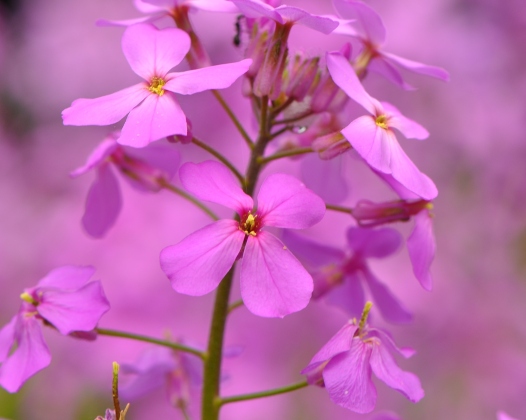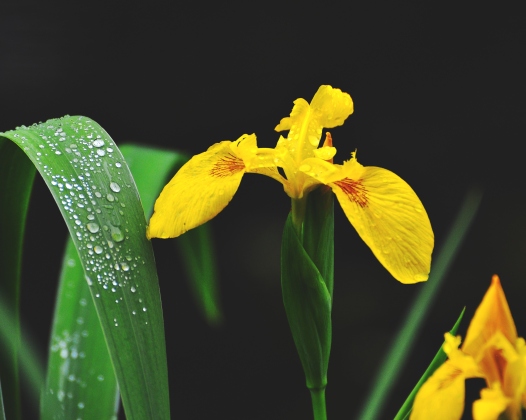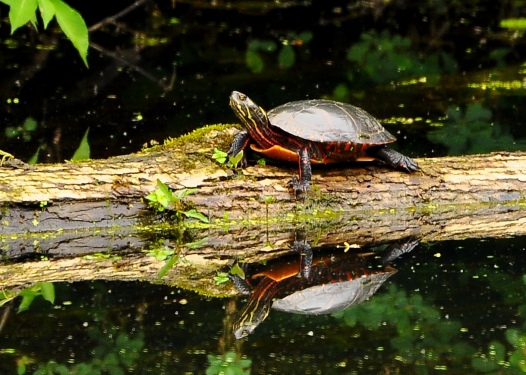What does a nature photographer do when faced with three weeks of rain, and sunshine as fleeting as a colorful sunset? To confound the issue, assume that this particular photographer is neither experienced with, or geared up for, capturing quality images under dark, rainy conditions…………..Look for turtles!

I had been seeing turtles, dead and alive, on my travels in and around wetlands and decided to make the most of the opportunity. My featured species are the Painted Turtle (Chrysemys spp.) and Snapping Turtle (Chelydra serpentina), both very common and widespread.
Prime turtle habitat generally consists of quiet, shallow surface waters with soft, muddy bottoms and an abundance of aquatic vegetation. These diverse wetland habitats are rich in aquatic life of all sorts and provide the key ingredients for turtle success: animal (and plant) life to eat; places to hide or bask in the sun; and a soft, subsurface medium to burrow into and hibernate for the winter.
The four photos that follow illustrate the aquatic life typically associated with turtle habitat.

Yellow Pond Lily (also Bullhead Lily; Nuphar variegatum)
I had to slip into about 10 inches of muck and water to confirm the identity of this White Water Buttercup. Just as my boot entered the water, a huge Snapper slowly backed away into deeper water. Had I known it was there, I would have waited for it to poke its nose up in between the flowers!

White Water Buttercup (Ranunculus trichophyllus). This small plant has clusters of feathery, threadlike leaves below the surface.

Leaf of a Water Lily
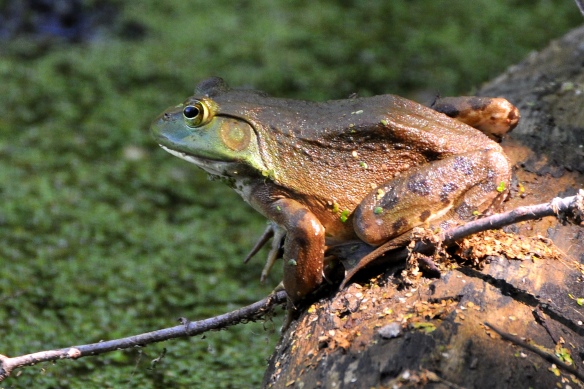
Bullfrog (Rana catesbeiana), usually found in the same habitats as Painted and Snapping Turtles
The Painted Turtle is the most widely distributed turtle in North America, and probably the species that is most often seen by the viewing public. Flourishing in spite of human disturbance, and in some cases because of it, they are found in a wide variety of aquatic habitats. These include drainage ditches and farm ponds as well as natural wetlands and surface waters.

Basking Painted Turtles
Generally, when a small turtle (4-10 inches long) is seen basking on a rock, stump or fallen tree in a shallow water body, it is a Painted Turtle. Close inspection reveals a striking mix of vivid red, yellow and dark markings that gave rise to the common name.

Basking Painted Turtles

Basking Painted Turtles; one just slipped back into the water, perhaps to feed after getting warmed up

Basking Painted Turtles

Painted Turtle; this was one of four turtles on a secondary road bisecting a marsh, three Painted Turtles and one Snapper. I believe they were searching for nest-building and egg-laying sites.
Snapping Turtles and Painted Turtles have much in common in terms of food and habitat preferences and reproductive behavior. However, Snapping Turtles are much larger (15-20 inches long and up to 35 pounds or more in weight), have economic importance as a source of food and, as stated in my Peterson field guide “Reptiles and Amphibians”, they are “Ugly in both appearance and disposition…..”.

Snapper on her nest, laying eggs
One of my references says that Snappers, unlike other turtles, rarely bask in the sun. This snapper is climbing a downed tree in the middle of a small farm pond to bask!

Snapper climbing a snag in a pond, looking for a place to bask in the sun (1 of 2)
After photographing the basking Snapper, I spotted this hen Merganser along the far shoreline. She speared a frog, gulped it down and headed toward the downed tree. I assumed she was going to drift in among the limbs and rest on the water, but to my delight she hopped up on to the snag. I don’t think she knew she wasn’t alone!

Hen Merganser preening and resting, in the company of a basking Snapper
Snappers can be nasty when cornered and disturbed on land. They have to be – they’re too massive to withdraw into the protection of their shell. However, if they have access to water when disturbed, they will often float with just their eyes and nostrils showing. The dorsal position of the nostrils allows them to “snorkel” and evaluate the nature of the threat.

Disturbed Snapper in a deep puddle on a poorly drained hiking trail
Both Painted Turtles and Snapping Turtles leave the comfort and security of water to build nests and lay eggs. This snapper has just emerged from its watery home to search for a nest site.

Snapping Turtle searching for a nest site.
The preferred nest site is an open, sunny spot with coarse-textured soil. Old railroad beds bordering wetlands and, in the following sequence, the coarse surface of a canal towpath, are examples.

Snapping Turtle preparing to lay eggs in its nest.

Claws of a road-killed Snapping Turtle, well adapted for digging
At a glance the nest appears to be a shallow excavation, but a deeper hole lies within to receive the eggs. Several dozen eggs, somewhat like small ping pong balls, will be deposited in the hole, then covered. Incubation is 9 to 18 weeks, depending on the geographic location. In the cold North, hatchlings might remain in the nest until spring (amazing!).

Snapping Turtle laying an egg in her nest
PRESERVE WETLANDS!!!!!!!!!!!!!!!!!!!!!!!!!!!!!!!!


Photos by NB Hunter. © All Rights Reserved.







